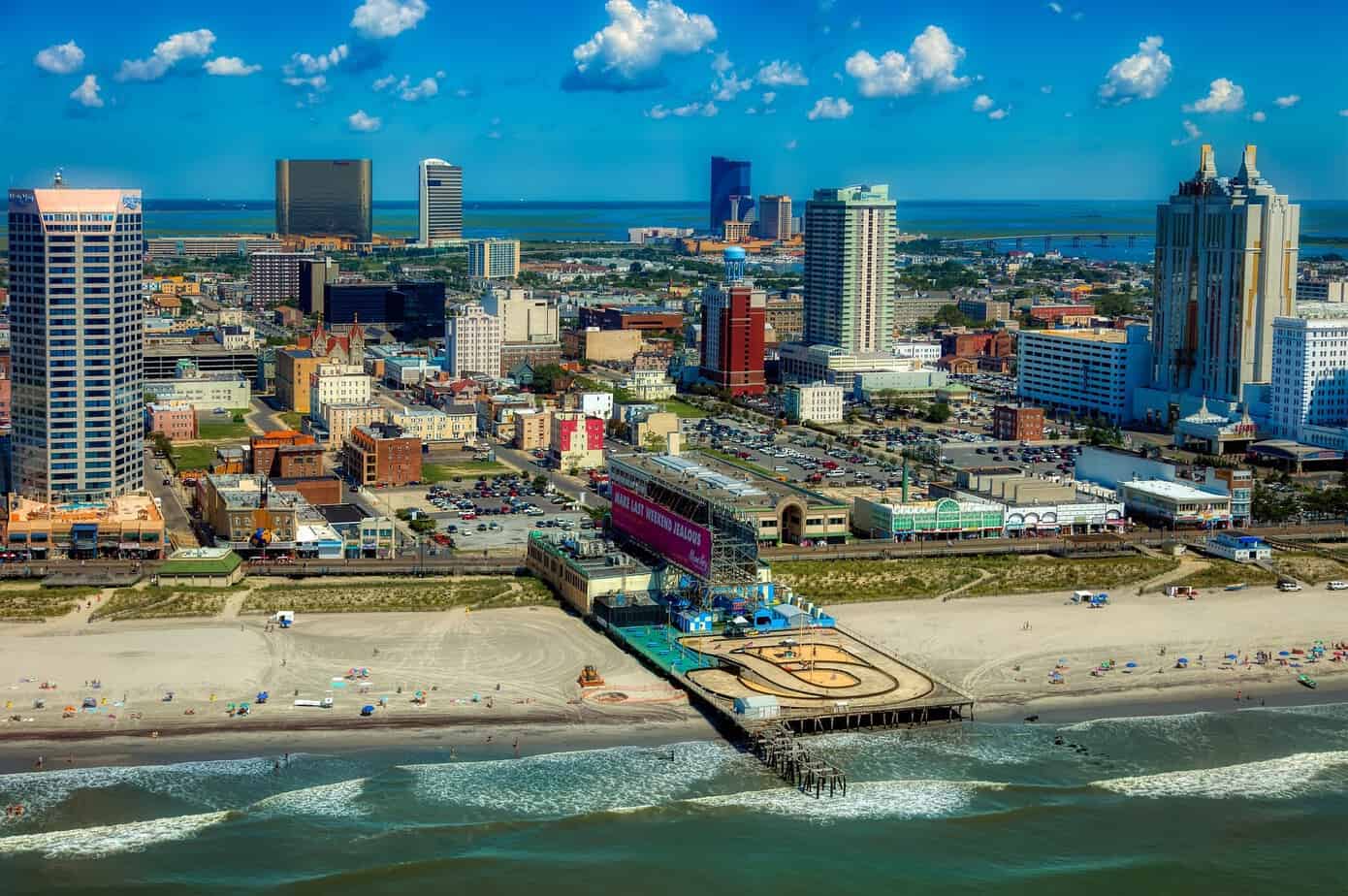Virtual Reality (VR) can be a fantastic experience and the possibilities with this technology are endless. It does seem however that VR is not really progressing as quickly as Augmented Reality (AR) is. Even though its excellent qualities and immersive experience are impressive VR is unfortunately limited to a particular hardware and software, such as Cardboard. VR clearly has great potential which is yet to be unlocked. AR on the other hand has many opportunities and has had many successes and major tech companies powering it, indicating that it will be more popular than VR.
Proof of this is Snapchat which is a popular application and it makes use of AR and has around 150 billion users with around 10 million videos each day. The success of Snapchat is a good indicator of how powerful AR can be. Of course the greatest AR success to date is the 2016 Pokémon Go app which has experienced 500 million downloads and the Pokémon Go players have walked a total of 2.8 billion miles. A study has shown that together, AR and VR have a market opportunity of around $162 million by the year 2020. While 3D used to be the next big thing, research has shown that AR will probably bring in more revenue than VR, and the reason for this is that AR is able to integrate more easily into most systems including healthcare products, product design and management tools.

Who is Backing Who in the Industry
The big guns in the tech industry are backing AR. Microsoft is developing HoloLens which makes use of mixed reality, but is considered more of an AR product. There has also been talk that Apple has an interest in AR and has patented a mapping system for AR and that it will be combined with the iPhone camera. Magic Leap, a relatively new player to the tech world has invested $1.3 billion on an AR platform. Companies such as Facebook, Sony, Samsung and Google have all selected to invest in VR, but it would seem that Microsoft, Apple and Magic Leap will ensure that AR is the next big thing.
The popularity of AR will be spurred on by people who constantly want media, whether they are playing the online slots Canada has to offer, catching alien life forms, or exploring other realms, or the rest of the world digitally. VR is an immersive experience and users are often alone in this and they probably will not be able to keep up to date with social media notifications such as Facebook or Twitter or reply to a text. People all around the world are constantly looking at media each day and throughout the day as well as connecting with others. VR also requires a specialised hardware and is not really compatible with communal experiences.
Connectivity is Important
It is a fact that when a platform offers connectivity, networks will take advantage of this which means it is probably not long before everyone is using AR. This is evident when looking at Snapchat and Pokémon Go.
When looking at the financial aspects there are many more opportunities to monetise in the AR world mainly because special hardware and software are not required and it will have many more users each day. Because AR is not an immersive experience the sessions will probably be longer. When AR technology has really taken off AR will be a constant in the lives of everyone.
AR seems to fit in well with most people and although VR has great potential, not everybody is able to afford the hardware and software and may not be suited to this particular experience.



